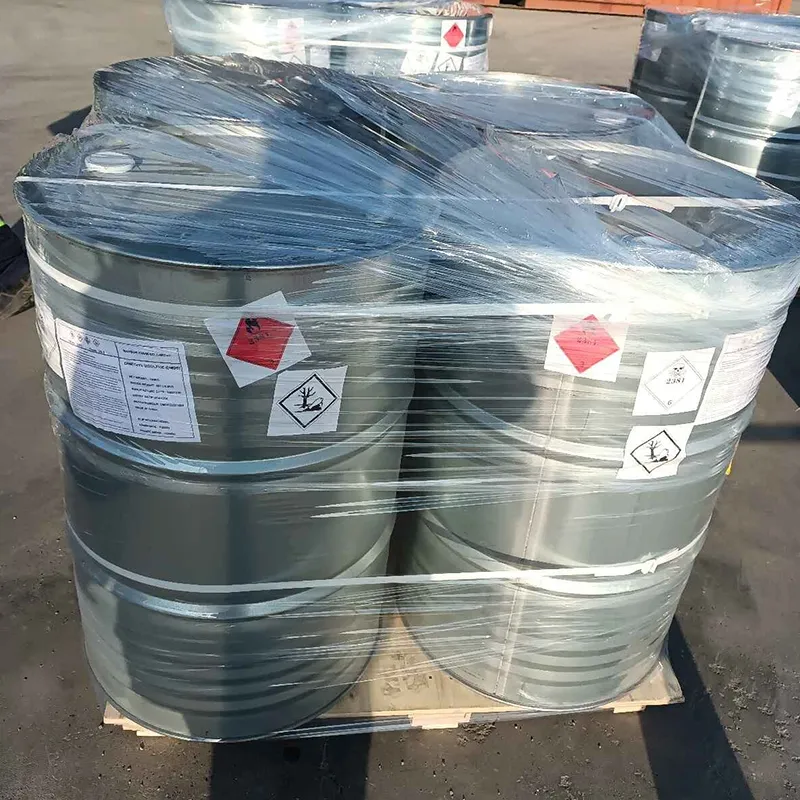
dichloroisocyanurate de sodium
Sodium Dichloroisocyanurate An Overview
Sodium dichloroisocyanurate (NaDCC) is a chemical compound commonly used as a disinfectant and a chlorinating agent. It is a white, granular product that releases chlorine when dissolved in water, making it effective for a variety of applications, primarily in water treatment, sanitation, and public health.
Chemical Structure and Properties
Sodium dichloroisocyanurate is a member of the isocyanurate family, with the chemical formula C3Cl2N3NaO3. It is composed of an isocyanuric acid core with two chlorine atoms and a sodium ion attached. This unique structure allows NaDCC not only to function as a chlorine donor but also to stabilize the chlorine, making it last longer in solution compared to traditional chlorine gas or calcium hypochlorite.
The solubility of sodium dichloroisocyanurate in water is moderate, and it is often found in powdered or tablet form
. When added to water, it hydrolyzes to release free available chlorine, which is the active ingredient that provides sanitizing effects.Applications
One of the most significant uses of sodium dichloroisocyanurate is in drinking water treatment. It is highly effective in disinfecting water, killing bacteria, viruses, and other pathogens. As such, it is a preferred choice in emergency situations where safe drinking water must be ensured quickly, such as natural disasters and in remote areas lacking complex water treatment facilities.
In addition to water treatment, NaDCC is utilized in pool sanitation. Its ability to provide a consistent level of chlorine helps maintain clean and safe swimming environments by controlling the growth of harmful microorganisms that can thrive in water. Furthermore, it is also employed in the food industry for sanitizing food preparation surfaces and utensils, ensuring that food is safe from contamination.
dichloroisocyanurate de sodium

Beyond industrial uses, sodium dichloroisocyanurate finds applications in household cleaning products. Many disinfectant wipes and surface cleaners contain NaDCC due to its potent antimicrobial properties, making it a versatile agent for everyday sanitation.
Safety and Handling
While sodium dichloroisocyanurate is generally recognized as safe when used appropriately, precautions must be taken during handling. It can be irritating to the skin, eyes, and respiratory system, particularly in large quantities. Thus, personal protective equipment (PPE), such as gloves and goggles, should be worn when working with this chemical.
It's also essential to store NaDCC in a cool, dry place, away from reactive substances like acids and strong oxidizers. Manufacturers and handlers must comply with regulatory guidelines regarding its storage, usage, and disposal to minimize environmental and health risks.
Environmental Impact
When used correctly, sodium dichloroisocyanurate does not pose significant environmental threats. The chlorine released can react with organic materials to form chlorinated byproducts, which can be harmful in large concentrations. Therefore, careful monitoring and adherence to recommended dosages are crucial during water treatment processes to prevent potential environmental impacts.
Conclusion
In summary, sodium dichloroisocyanurate is a valuable chemical compound with a wide range of applications in sanitation, water treatment, and public health. Its effectiveness as a disinfectant and ability to provide a stable source of chlorine make it a preferred choice in various industries. However, like any chemical, it is essential to handle it with care to ensure safety for both users and the environment. As we continue to face challenges related to hygiene and public health, the role of effective disinfectants like sodium dichloroisocyanurate will remain crucial in safeguarding these aspects of modern life.
-
Buy High-Quality Trichloroisocyanuric Acid for Sale | TCCA 90% SupplierNewsAug.30,2025
-
Pure Sodium Dichloroisocyanurate Dihydrate | Powerful DisinfectantNewsAug.29,2025
-
Industrial Chemicals: Quality & Purity for Every IndustryNewsAug.28,2025
-
Nitrile Rubber Honoring Strict Production StandardsNewsAug.22,2025
-
Aspartame Ingredients Honoring Food Safety ValuesNewsAug.22,2025
-
Fertilizer for Balanced Plant NutritionNewsAug.22,2025
-
Cyanide Gold Processing with High Purity AdditivesNewsAug.22,2025
Hebei Tenger Chemical Technology Co., Ltd. focuses on the chemical industry and is committed to the export service of chemical raw materials.
-

view more DiethanolisopropanolamineIn the ever-growing field of chemical solutions, diethanolisopropanolamine (DEIPA) stands out as a versatile and important compound. Due to its unique chemical structure and properties, DEIPA is of interest to various industries including construction, personal care, and agriculture. -

view more TriisopropanolamineTriisopropanolamine (TIPA) alkanol amine substance, is a kind of alcohol amine compound with amino and alcohol hydroxyl, and because of its molecules contains both amino and hydroxyl. -

view more Tetramethyl Thiuram DisulfideTetramethyl thiuram disulfide, also known as TMTD, is a white to light-yellow powder with a distinct sulfur-like odor. It is soluble in organic solvents such as benzene, acetone, and ethyl acetate, making it highly versatile for use in different formulations. TMTD is known for its excellent vulcanization acceleration properties, which makes it a key ingredient in the production of rubber products. Additionally, it acts as an effective fungicide and bactericide, making it valuable in agricultural applications. Its high purity and stability ensure consistent performance, making it a preferred choice for manufacturers across various industries.





